“Washoku” is Japanese traditional cuisine, which was registered as a UNESCO intangible cultural heritage in 2013.
Washoku is relate to Kaiseki Cuisine (Traditional multi-course banquet meal),
Buddhist Vegetarians Cuisine and Annual event, and characterized by the usage of various seasonal fresh foods.
Following characteristics are recognized as “Intangible cultural heritage”. (quoted from HP @ Ministry of Agriculture, Forestry and Fisheries of JAPAN)
“What is Washoku?” and “Why intangible cultural heritage?”
- Diversity and freshness of ingredients, and respect for their inherent flavors
Because of the great latitudinal range of the Japanese archipelago from north to south, the land is characterized by many mountains and proximity to the sea. The richly varied natural environment has meant that each regional Japanese cuisine uses a diversity of ingredients strongly rooted in the terroir. This has been accompanied by the development of cooking methods and utensils that make the most of the ingredients used.
- An exceptionally well-balanced and healthy diet
The basic composition of the typical Japanese meal, rice with ichijū sansai (“one soup and three side dishes”), is said to have ideal nutritional balance. Because washoku makes skillful use of the umami flavor, very little animal fat is used. This is one cause of the longevity of Japanese people, and it also helps to prevent obesity.
- An expression of natural beauty and the changing seasons
Another characteristic of washoku is the sense of the beauty of nature and of the changing seasons expressed at the table. By decorating food with blossoms or leaves and by using dishes and other utensils that reflect the changing seasons, the Japanese are able to enjoy each season at mealtimes.
- Close links with annual events
Japan’s food culture has evolved in a close relationship with New Year’s festivities and similar annual events. By eating at the same table and sharing nature’s bounty, familial and community bonds are strengthened.
Nowadays Japanese food is loved by many people world-wide. While keeping its tradition, Japanese food also changes the lineup with food cultures from around the world.
For my blog, Rie’s Kitchen, I would like to enjoy the new style of Japanese food, but also cherish its original cultural food as well.
Happy day♪ by Rie’s Kitchen
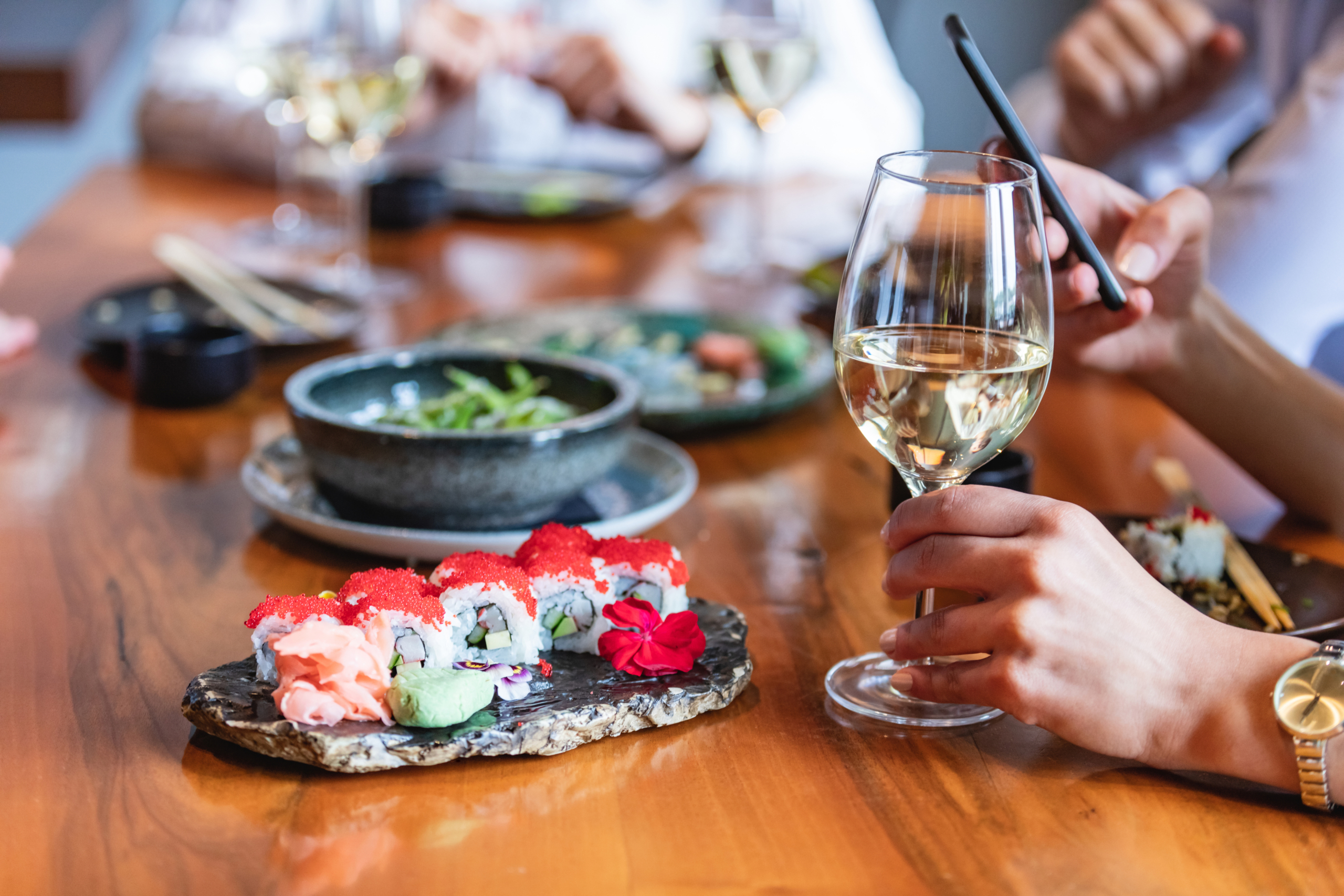
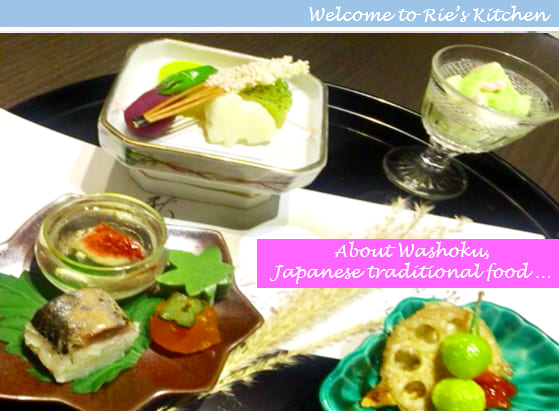
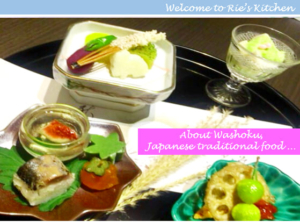
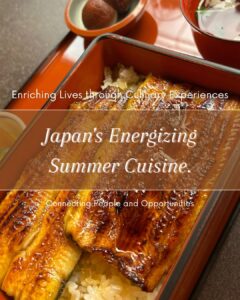
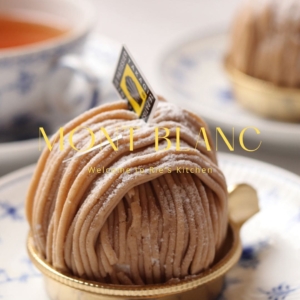
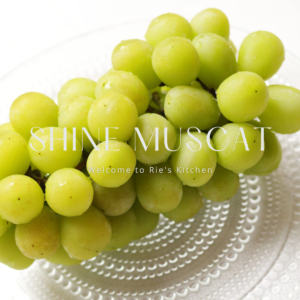
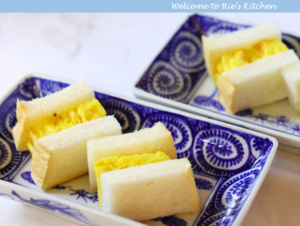
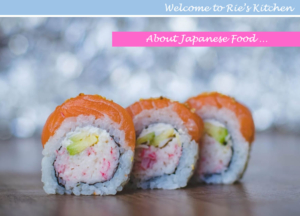
Comments